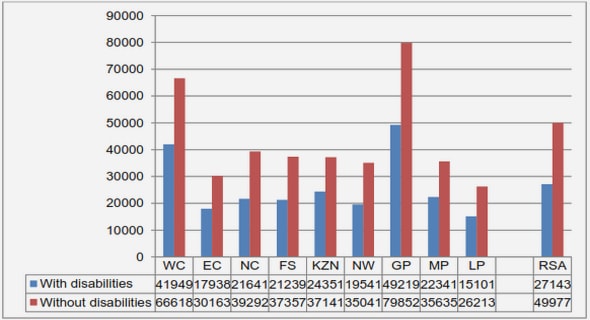(Downloads - 1)
For more info about our services contact : help@bestpfe.com
Table of contents
I Introduction to the Kardar-Parisi-Zhang equation and elements of Random Matrix Theory
1 The Kardar-Parisi-Zhang equation
1.1 Birth of the model
1.2 Some elements around the KPZ universality class
1.3 Some mappings of the KPZ equation
1.4 The Replica Bethe Ansatz
1.5 The full-space problem
1.6 The half-space problem
1.7 Cross-over between fixed points of the KPZ equation
2 Elements of Random Matrix Theory
2.1 Gaussian matrices
2.2 Determinantal and Pfaffian point processes
2.3 From two to one-dimensional kernels
3 Exact solutions to the Kardar-Parisi-Zhang equation
3.1 A brief historical note
3.2 Solutions at all times in full-space
3.3 Solutions at all times in half-space
3.4 A new duality in half-space and general solution to the droplet initial condition
3.5 Open questions regarding the exact solutions to the KPZ equation
4 Connections and applications of the Kardar-Parisi-Zhang equation
4.1 Hidden connections between RMT and KPZ: the Gorin-Sodin Mapping
4.2 Coincidence of Brownians walkers and exponential moments of KPZ
5 Introduction to the large deviations of the KPZ equation
5.1 Large deviations at short time
5.2 Large deviations at large time
II Short-time height distributions of the solutions to the KPZ equation
6 Perturbative noise rescaling of the KPZ equation: Weak Noise Theory
6.1 Construction of the Weak Noise Theory
6.2 Large deviation function of the Kardar-Parisi-Zhang equation at short time
6.3 Symmetries of the WNT equations in full-space and some considerations in half-space
6.4 From small H to large H and spontaneous symmetry breaking
6.5 Recent applications of the Weak Noise Theory
7 Large deviation solutions at short time: one method to rule them all
7.1 The first cumulant approximation of Fredholm determinants at short time
7.2 Large deviations for various initial conditions
7.3 Inverting the Legendre transform
7.4 A hint of universality for the solutions at short time
8 High-precision simulations of the short-time large deviations of the KPZ solutions
8.1 Directed polymer on a lattice
8.2 Introduction to importance sampling
8.3 Comparison of the theoretical predictions with the simulations
8.4 What do the large deviation polymers look like ?
III From the large deviations of KPZ at late time to linear statistics at the edge of Gaussian random matrices.
9 From small times to large times
9.1 How negative can the solution of KPZ be ?
9.2 Systematic time expansion of the edge GUE Fredholm determinant
9.3 Cumulants of the Airy point process: from small times to large times
10 Introduction to the linear statistics at the edge of Gaussian matrices
10.1 The late-time large deviations of KPZ as a microscopic linear statistics
10.2 From macroscopic to microscopic linear statistics
10.3 From the bulk of the Coulomb gas to its edge
11 The four tales of the one tail: solving the linear statistics at the edge
11.1 From the cumulants of the linear statistics to the free energy
11.2 A WKB semi-classical density of states for the Stochastic Airy Operator
11.3 Electrostatic Coulomb gas approach to the linear statistics
11.4 A WKB approximation for the Painlev´e II representation of the linear statistics
11.5 Solution for monomial walls with parameter
11.6 Where all the physics hides: upper bounds of the excess energy
11.7 Application to non-intersecting Brownian interfaces subject to a needle potential
11.8 Open questions regarding linear statistics at the edge of random matrix spectra
Conclusion and perspectives



